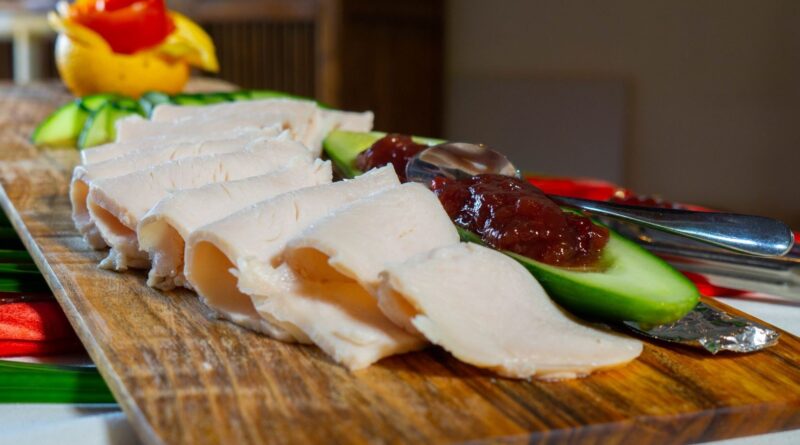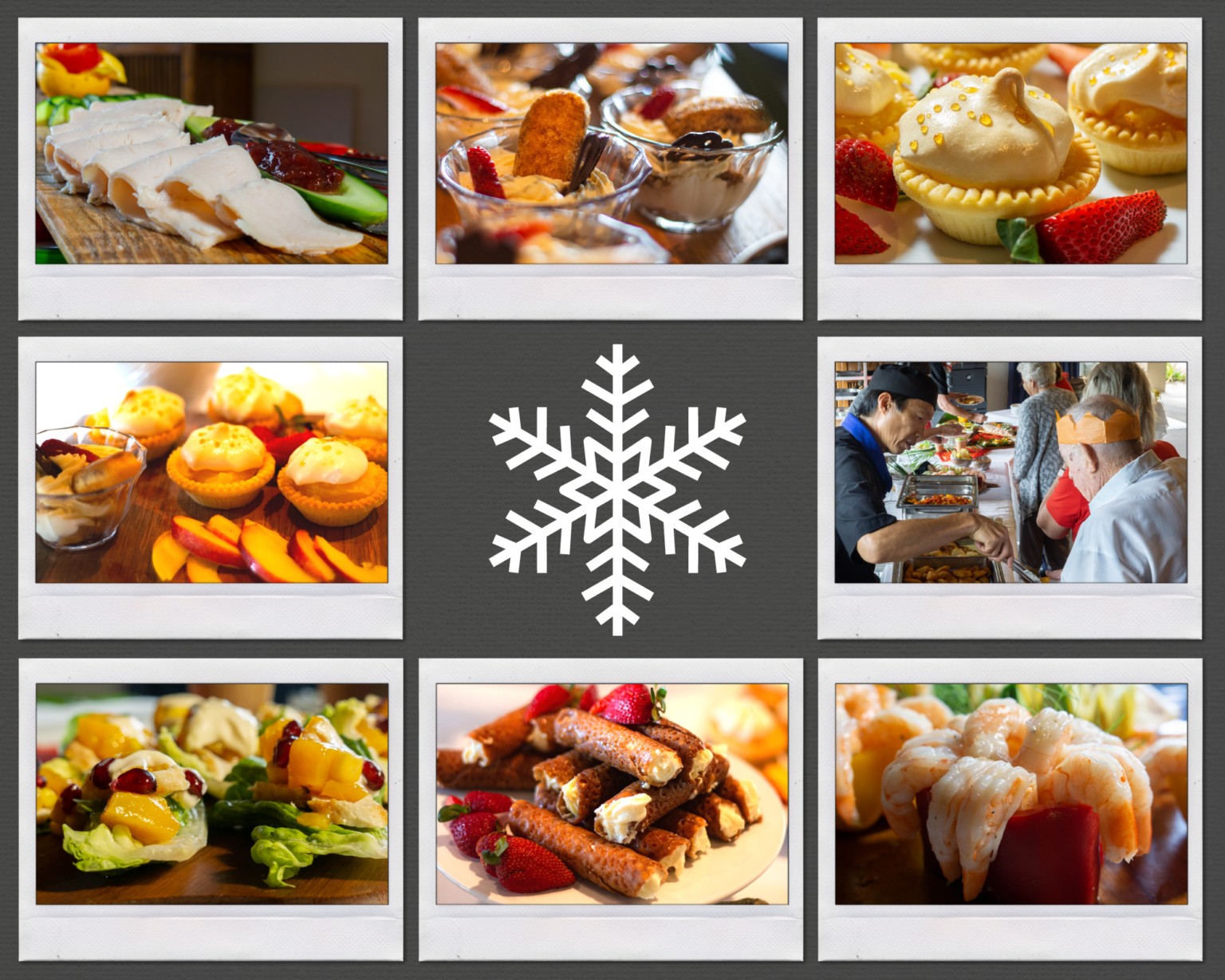
- December 12 2021
- Wellness
Favourite Christmas food traditions
Travel the world over at Christmas time, and many countries celebrate the season with food. Aside from it’s basic function to supply energy and nourishment, food is a representation of cultural traditions.
Turkey: A traditional Christmas always includes turkey. Whilst King Henry VIII claimed to be the first person to eat turkey at Christmas in the 1520s, due to its high cost, turkey didn’t become popular until as late as post World War II. Before that time, most people consumed goose, and occasionally rabbit if money was tight. Turkey is only a Christmas tradition in Australia, the UK, US, Canada and New Zealand, and is sometimes eaten in other countries such as south and central America.
Christmas pudding: The tradition of eating plum pudding at Christmas might have originated with a Roman Catholic Church decree to make a 13-ingredient pudding to represent Christ and the apostles. On the informally named “Stir It Up Sunday,” or the Sunday before the beginning of the Advent season, families made this pudding by taking turns stirring the batter from east to west to commemorate the Magi’s journey.
Mince pies: Did you know that traditional mincemeat was a mixture of chopped meat mixed with dried fruits, sugar, and spices, a way to stretch a meat supply and use up leftovers? Over time, less and less meat was included in the recipe, so that the mincemeat we know today is made entirely from fruits, sugar, alcohol, and sometimes, in a nod to its origins, suet (mainly animal derived). By the 16th century, mince pies were a British Christmas specialty. Some suppose that mincemeat pies were popular at Christmas thanks to the Saturnalia tradition of presenting sweetmeats to Roman fathers in the Vatican. Puritans condemned mincemeat pies as a Catholic custom, which may explain why they’re less popular in the US than in the UK.
Gingerbread: Gingerbread is believed to originate in the Victorian era, where it was used to make Christmas tree decorations. Gingerbread houses became popular after the Grimm brothers published Hansel and Gretel (1800s), though it’s unclear whether the edible edifices got their start as a literary invention. In parts of Europe in the 17th century, only professional gingerbread makers were allowed to bake them year-round. That restriction was lifted during Christmas and Easter, which may explain the Christmas-gingerbread connection.
HillView Care Chef John creates superb dishes for the residents on a daily basis. View a sample of the Christmas party fare enjoyed by residents this year…






